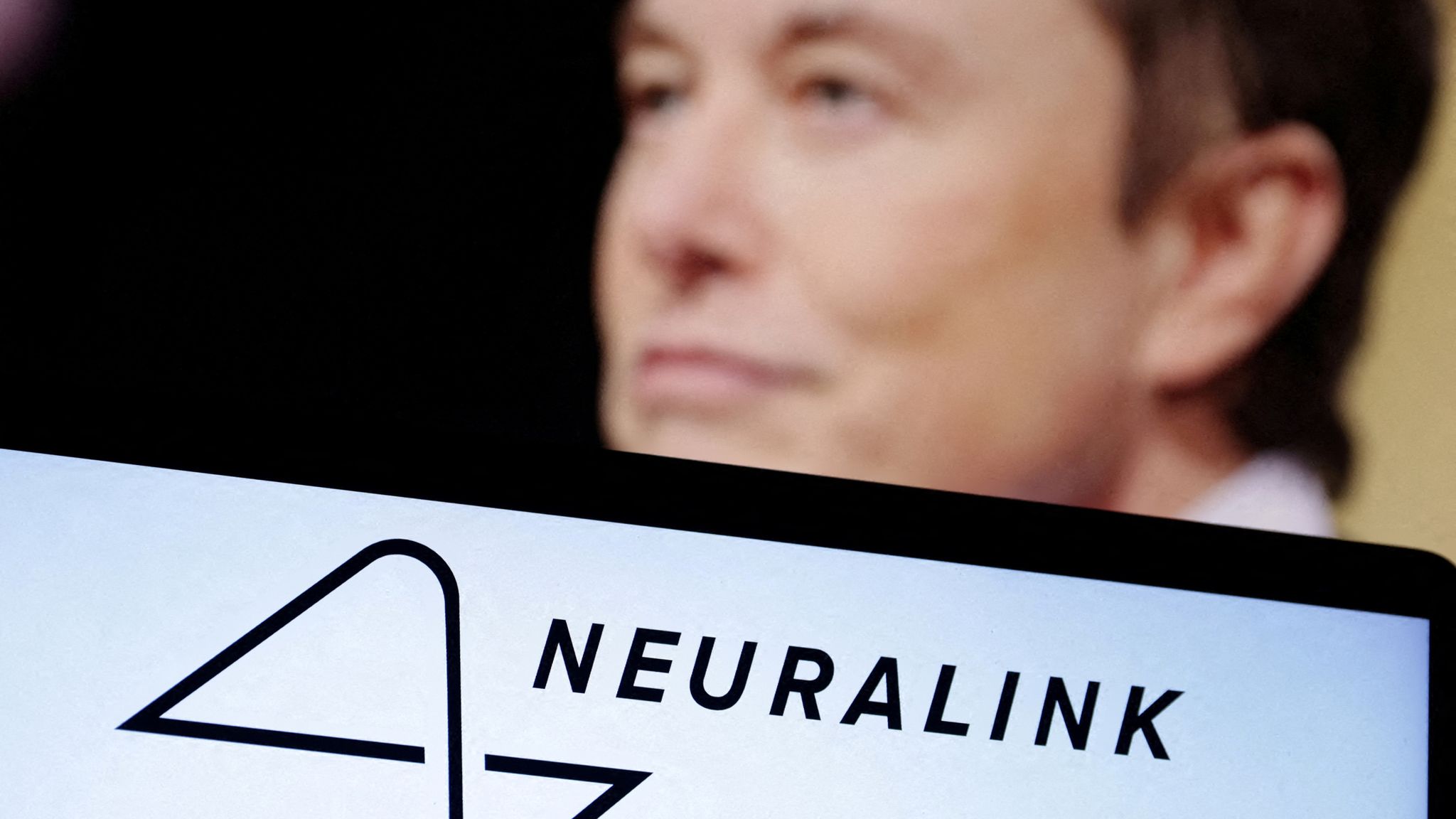Elon Musk’s Neuralink Successfully Implants Brain Chip in First Human
Breaking News in Brain-Computer Interface Technology
Introduction:
In a groundbreaking development, Elon Musk, the renowned tech billionaire and the brain behind Neuralink, announced on Monday a significant milestone: the successful implantation of a wireless brain chip, named Telepathy, in a human subject for the first time. This pioneering technology is designed to enable thought-based communication and control of devices, marking a new era in the interface between the human brain and technology.
Understanding Neuralink and Its Mission:
What is Neuralink?
Founded in 2016 by Elon Musk, Neuralink is a startup with a vision to develop a sophisticated “brain-computer interface.” The goal is to assist individuals with neurological disorders, such as paralysis, ALS, or blindness, by restoring their functions and enhancing their life quality.
How Does Neuralink Work?
Neuralink’s innovation involves implanting flexible threads, each carrying 64 electrodes, into the brain via a specialized robot. These threads connect to a small chip located behind the ear. This chip facilitates wireless two-way communication between the brain and a corresponding app, effectively bridging human thought with computer operations.
The First Human Implant: A Milestone Achievement
The Procedure and Initial Results:
The inaugural human implant was performed on Sunday, with the patient reportedly recovering well. While details about the patient’s identity and condition remain confidential, Musk shared that the initial data demonstrated effective neuron spike detection, indicating successful recording and transmission of brain signals.
Telepathy: A Revolutionary Product:
Musk envisions that Neuralink’s first product, Telepathy, will empower users to control phones, computers, and virtually any device purely through thought. The initial focus is on aiding individuals with mobility impairments, exemplified by the late physicist Stephen Hawking, who could have benefited greatly from such technology.
Challenges and Ethical Considerations
Technical and Ethical Hurdles
Despite its promise, Neuralink’s technology is in its nascent stages and faces significant challenges. Ensuring the implant’s safety and reliability is paramount, as risks include potential brain damage due to malfunction or infection. Moreover, interpreting the brain’s complex signals into device commands presents a technical challenge.
Raising Ethical Questions
Neuralink also propels us into a new realm of ethical considerations. Questions arise about the impact on human identity, privacy, and societal norms. How will this technology alter our sense of self, protect user data, and influence social interactions?
The Future of Neuralink and Beyond:
Vision for the Future:
Neuralink aspires to forge a seamless integration between the human brain and digital realms, potentially revolutionizing communication, creativity, and intelligence. Musk’s ultimate aim is to achieve “symbiosis with artificial intelligence,” a step he deems necessary in the face of AI’s rapid progression.
A Growing Field with Vast Possibilities
While Neuralink leads the charge, it’s not alone in the brain-computer interface sector. The technology’s current and future applications are vast, ranging from aiding speech impairments and restoring vision to exploring virtual reality, telepathy, mind uploading, and even superintelligence.
Stay tuned as we continue to monitor this fascinating journey at the intersection of the human mind and technology.


Leave a Reply